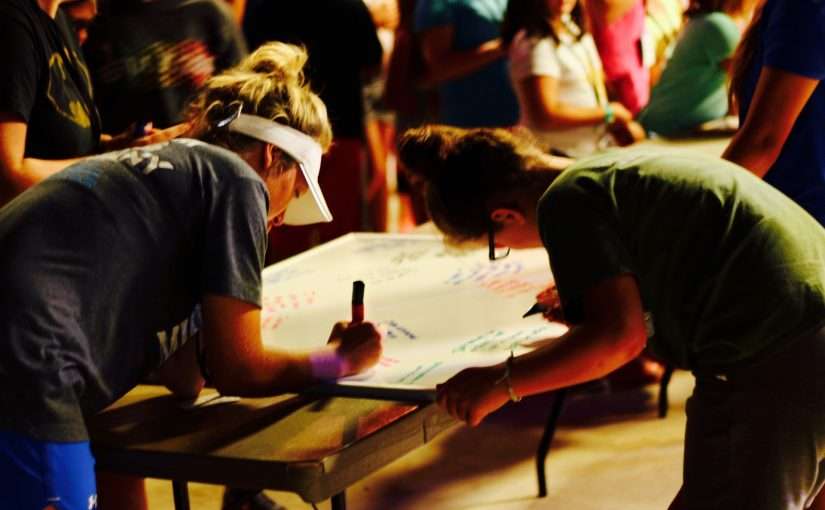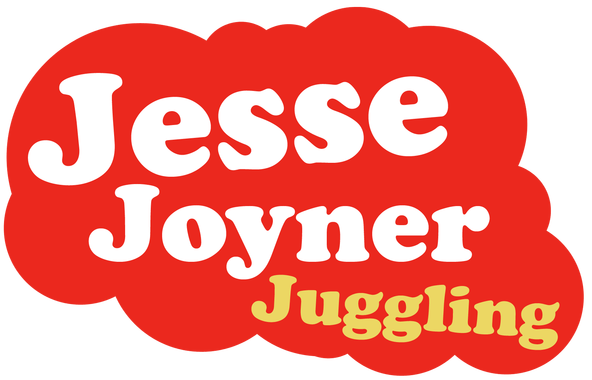
Category: Camp Ministry
-
GaGa Ball Variations
Read More: GaGa Ball VariationsThe GaGa ball pit game is becoming more and more ubiquitous as each summer camp season passes by. It’s an incredibly fun and simple game. It is like dodgeball in a pit where you hit the ball with your hands and you get out if the ball hits you on the legs or feet. Here…
-

Awesome Crowd Game Ideas
Read More: Awesome Crowd Game IdeasI do a lot of large group events. I’m always on the lookout for games that are fun and easy for huge crowds. When people come together in large groups, there is a lot of potential energy that can be tapped in the form of socialization, laughter, competition, and shared human experiences. So here are…
-

His Name Endures Forever: An Object Lesson
Read More: His Name Endures Forever: An Object LessonI’d like to share a worship response object lesson we organized at summer camp last month. It was a little risky because we had about 300 campers and it could have gotten chaotic, but the kids did great and the end result was very moving. First of all, when I say, “worship response,” I’m referring to…
Search
Popular Posts
-
“Holy Fools”: Exploring the Journey of Calling for Christian Variety Performers
I am happy to announce that my PhD dissertation has been published to ProQuest, an academic database for published research. I have made the dissertation open source, which means anyone anywhere can access the full content free of charge. Here is the full dissertation: https://www.proquest.com/dissertations-theses/holy-fools-exploring-journey-calling-christian/docview/2622316783/se-2 Please share far and wide. I am very much excited…
-
The Easiest Large Group Game Ever
This is probably the easiest large group game ever invented. If you can think of an easier one, please let me know in the comments. Heads or Tails! This game of heads or tails involves EVERYONE in your large group. It is actually better the larger the group gets. There is an elimination factor to…
-
Book Release! Incredibly Bad Dad Jokes
I have been writing down my original Dad jokes for several years now, but recently they dramatically increased. While the past five months of my life have been the toughest for me as a Dad (with Annie’s medical crisis), the Dad jokes actually came out in full force during this season. You see, in my…
-
A Children’s Ministry Poem
From the mouths of children come questions galore about heaven and angels and Satan and more. They speak what their hearts say without holding back, so the wonder of God is something they never lack. Oh God, who are you? Who inspires the minds of little ones many, so that they may find this Jesus…
-
Joyner Family Christmas 2024 Update
Merry Christmas from the Joyners! Here’s a little bit of our life this past year. We hope and pray the Lord’s peace and blessing over you this Advent season. D – Our little guy is now 5 years old! This year he played Tee Ball in the Spring and started soccer this past Fall when…


